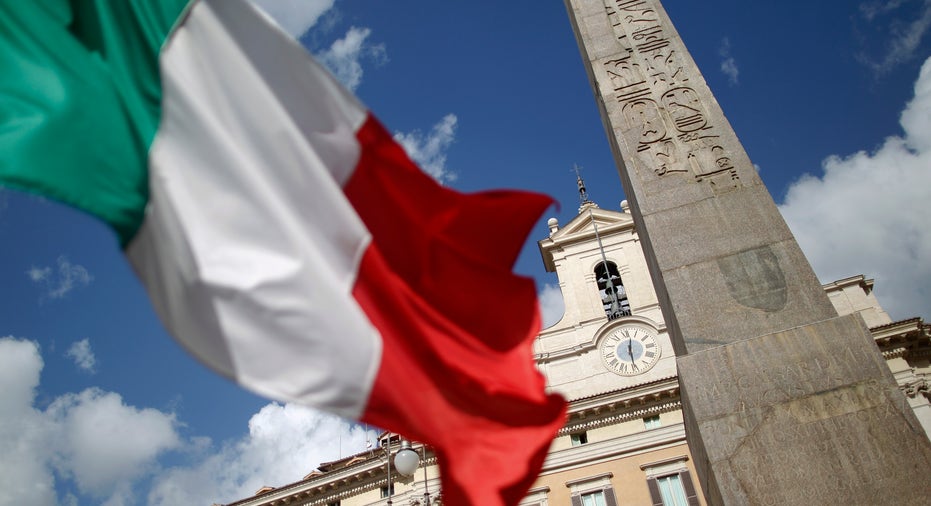Italian, Irish, Spanish Banks Perform Poorly on European Banking Stress Test

Banks from Italy, Ireland, Spain and Austria fared worst in the latest European Union stress test, which the region's banking watchdog said on Friday showed there was still work to do in order to boost credit to the bloc's economy.
Italy's Monte dei Paschi <BMPS.MI>, Austria's Raiffeisen <RBIV.VI>, Spain's Banco Popular <POP.MC> and two of Ireland's main banks came out with the worst results in the European Banking Authority's test of 51 EU lenders.
"Whilst we recognize the extensive capital raising done so far, this is not a clean bill of health," EBA Chairman Andrea Enria said in a statement on Friday. "There remains work to do."
Germany's biggest banks, Deutsche Bank <DBKGn.DE> and Commerzbank <CBKG.DE>, were among to top 12 weakest banks.
Monte dei Paschi, Italy's third largest lender, has been racing to pull together a rescue plan and win approval for it from the European Central Bank ahead of the test results.
The Italian bank confirmed less than an hour before the results that it had finalised a plan to sell off its entire portfolio of non-performing loans and had assembled a consortium of banks to back a 5 billion euro capital increase.
The EBA test looked at how banks could withstand a three-year theoretical economic shock which ended with the Italian lender, the world's oldest have a core equity capital ratio of minus 2.44 percent.
This was the third stress test of banks in the EU since taxpayers had to bail out lenders in the 2007-09 financial crisis, with no pass or fail mark this time round.
Analysts have informally set a basic pass mark of 5.5 percent, the threshold set in last year's test.
The test involved scenarios including EU economic output that was 7.1 percent below the baseline over the next three years and a 20 percent drop in interest income.
Like Monte dei Paschi, Allied Irish Banks was also below this level at 4.31 percent.
Markets will also look at how many banks were able to maintain a core ratio of capital to risk-weighted assets of 7 percent. This is a typical level for triggering the writedown of bonds issued by banks to replenish capital.
Spain's Banco Popular, Bank of Ireland and Austria's Raiffeisen all ended the test below this level at 6.62 percent, 6.15 percent, and 6.12 percent, respectively.
Popular announced earlier on Friday that it had fired its chief executive Francisco Gomez, as it saw its profit nearly wiped out in the second quarter, a month after it made a 2.5 billion euro share issue to clean up toxic retail assets.
Deutsche Bank and Commerzbank both had core ratios of below 8 percent at the end of the test, although Deutsche said it was on track to reach a core ratio of at least 12.5 percent by the end of 2018.
Most of the banks tested, 37 out of 51, are based in the euro zone and supervised by the ECB, which said the results reflected progress in repairing balance sheets.
"The banking sector today is more resilient and can much better absorb economic shocks than two years ago," said Daniele Nouy, who heads supervision at the ECB.
At the start of the test, the 51 lenders had an aggregate core ratio of 12.6 percent, with all capital requirements factored in.
This fell to 9.2 percent by the end of the test, a drop of 340 basis points, equivalent to 226 billion euros of capital.
For the first time, the EU test included the impact of conduct risks such as fines and settlements.
EBA said the total hit from conduct costs was 71 billion euros. The largest impact was from credit or losses on loans, totaling nearly 350 billion euros across all the banks tested.
(Editing by Alexander Smith)



















